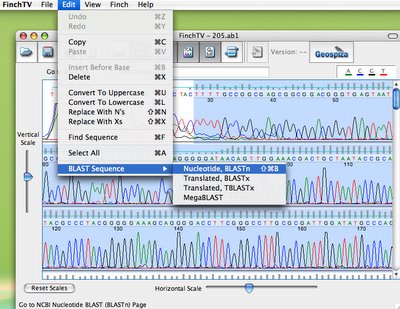"I hear the cottonwoods whispering above.."
Not me!
I've learned some things by reading Science (1) that might give nightmares to some people, especially young children.
Remember that scene in "The Wizard of Oz" when the trees start hurling apples at poor Dorothy?
Now we're learning that the trees would really defend themselves by giving poor Dorothy a tummy ache.
Pardon me a moment while I apologize to enforcers of precise scientific language.
Okay, okay, the trees probably have an evolutionary benefit if Dorothy eats the apples and kindly deposits the seeds in a nice rich pile of human fertilizer after her body is done with them. The trees would really only fight back if Dorothy chomped a bit on the leaves and bark.
 Nevermind, this is even better. The trees talk to each other.
Nevermind, this is even better. The trees talk to each other.How?
We learned last week that plants move more than you think, but it's not that. Even if a tree waved its branches frantically around, the other trees wouldn't see it. After all, they don't have any eyes. (Well, someone had to say it.)
But trees have other abilities that we don't see.
Trees (and other plants) can communicate by passing gas. You may not have gotten the point, but you've probably received some of the messages.
For example, if you walk around on the Berkeley, CA, campus, you know there are Eucalyptus trees around. You can't escape the smell. (The first time I visited, I thought someone must really be into cough-drops.)
Eucalyptus trees make over 30 volatile compounds (2) that contribute to that unusual smell. At least some of those compounds are messages to other trees. And a pine forest, what is it saying?
This first time I heard this fanciful idea of trees talking to each other was when I was in graduate school. This was back in the days when we had to walk five miles in the snow to get the lab (Oops, wrong story!).
One of the students and a post-doc in our lab made subtractive cDNA libraries to try and find wound-inducible genes. They were hoping to find some of the genes for making those tree-talking molecules, but their tools were a bit too crude.
Now, in the Feb. 10th issue of Science, there are some great articles that describe more recent experiments showing that the talking tree hypothesis is correct, at least for a few plants.
Baldwin et. al. describes some wonderful experiments where researchers observed that tobacco plants get eaten less when they live near sagebrush. Using microarray technology and sensitive analytical instruments, they found that the sagebrush produced all kinds of volatile compounds that traveled through the air. They also found that nearby tobacco plants responded by turning on new genes.
When tobacco plants heed the warning, they make a proteinase inhibitor. Since the proteinase inhibitor makes it harder to digest protein, the leaf-eating animals probably feel a bit ill after chewing those tobacco plants. Maybe they swear off chewing tobacco for good! Or maybe they decide that next time, they'll try a different brand.
Whatever goes through the murky minds of the herbivores:
When sagebrush talks, tobacco listens.
References:
1. Baldwin IT, Halitschke R, Paschold A, von Dahl CC, Preston CA. Volatile Signaling in Plant-Plant Interactions: "Talking Trees in the Genomics Era." 2006. Science. 311:812-5.
2. Zini CA, Zanin KD, Christensen E, Caramao EB, Pawliszyn J. Solid-phase microextraction of volatile compounds from the chopped leaves of three species of Eucalyptus. 2003. J Agric Food Chem. 51:2679-86.
Subject: Plants











